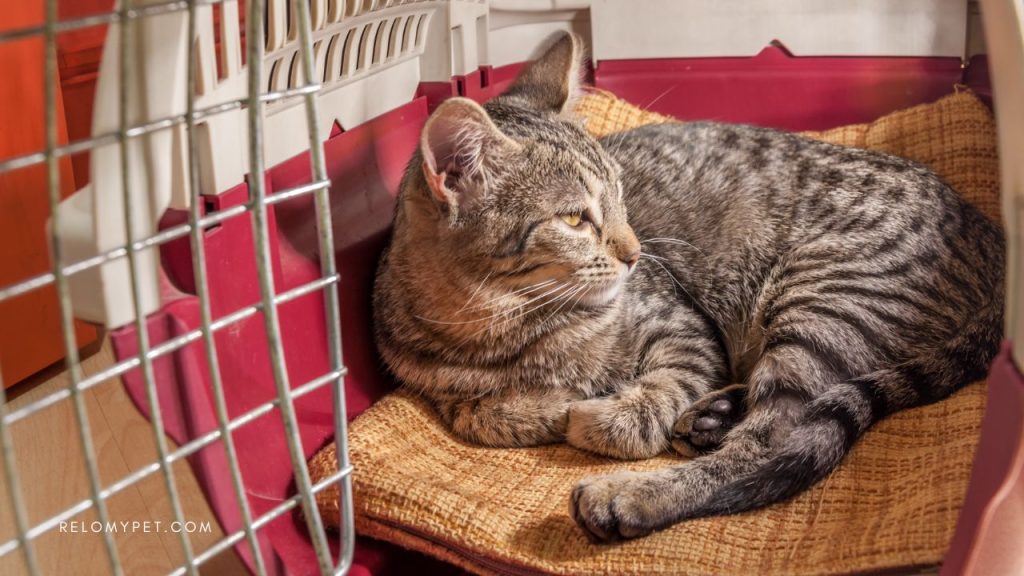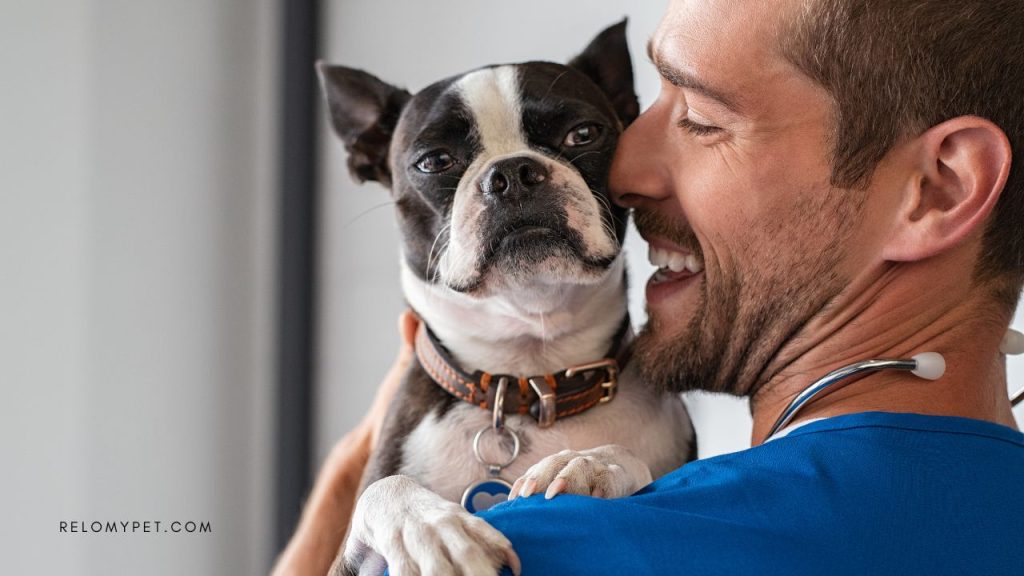Long Distance Moving Guide.
Table of Contents
How to organize a pet's move.
Are you planning to relocate long distance with your pet? In a perfect world, this would mean you simply place them in a carry-on bag and board the plane, but beware that it actually takes a lot of planning.
Don’t worry, though! Just like other preparations required to move, having a bit of guidance and knowledge will help you through the process.
Today, we’ll be discussing how to relocate with pets internationally. So, let’s get started!

Tips on moving with your pet long-distance.
Relocating with pets can be a stressful experience, especially if you are moving long distances. However, with proper planning and preparation, you can make the move smoother for both you and your pets. Here are some tips to guide you:
Preparedness is the Key to Success.
Traveling with your pet overseas requires careful planning and consideration of health and safety concerns. To ensure a smooth journey, research your destination country’s import/export regulations. Most countries require a certified rabies vaccination and a health certificate stating your pet is in good health and free of parasites. In some cases, a CFIA endorsement may also be necessary.
Moreover, many countries now require pets to carry an implanted microchip transponder. The best thing you can do is ensure your pet’s vaccinations are up-to-date and all documentation requirements are met.

Secure Transportation.
1. Weigh your options.
Perhaps the most important part of the process is securing your pet’s transport. With this, there are a couple of options, including bringing the pet on your flight or hiring a professional pet relocator.
2. Plan ahead.
Start planning your move well in advance to avoid any last-minute surprises. This includes making arrangements for your pets’ transportation, finding pet-friendly accommodations at your destination, and researching any laws or regulations related to pets in the new area.
3. Choose an airline.
When choosing an airline, consider factors such as flight length, route, temperature, air pressure in the cargo bay, and the airline’s requirements for containers in the cabin or checked baggage. Just be sure that you take time to get your pet familiar with their kennel or container prior to the flight. And include familiar items, such as toys or clothing, which can help ease any anxiety during the transport process.

4. Visit your veterinarian.
Schedule a visit with your veterinarian before the move to ensure that your pets are up-to-date on their vaccinations and receive a clean bill of health. Also, ask your veterinarian for copies of your pets’ medical records to bring with you on the move.

3. Hire a pet transportation specialist.
Though choosing a pet-friendly airline can also make a big difference in your pet’s travel experience, this option is not for everyone. If you decide you’d rather not handle the process, then find a reputable pet relocation service, such as Relopet International, that can provide safe and professional transport for your pet. Also if you are moving long distances and cannot transport your pets yourself, consider hiring a pet transport service. These services can help transport your pets safely and comfortably to your new home.
4. Prepare your pets for the move.
Before the move, get your pets used to their travel carriers and make sure they are comfortable spending time in them. Also, try to maintain your pets’ regular routine as much as possible during the move, including feeding and exercise schedules.

5. Make travel arrangements.
If you are driving with your pets, make sure to plan for frequent stops and breaks for your pets to stretch their legs and use the bathroom. If you are flying, make sure to research the airline’s pet policies and requirements and book your pets’ travel in advance.
6. Pack a pet travel kit.
Pack a separate bag for your pets with all the essentials, including food, water, medications, toys, and bedding. Also, make sure to include a recent photo of your pets in case they get lost during the move.
Understanding the Risks of International Pet Relocation.
When it comes to international pet relocation, being aware of the potential risks is crucial for ensuring your pet’s health and comfort. Hence, keep in mind that while there’s no age limit for pets traveling, older or younger pets may experience higher levels of stress during the trip. Additionally, pets with high anxiety or those who are not properly crate trained may suffer from hyperventilation or injury.
And if you own a snub-nosed breed, such as a pug or bulldog, they’re more susceptible to complications due to their delicate respiratory systems.

Ultimately, it’s up to the pet owner to make an informed decision after consulting with a pet relocation specialist and veterinarian.
Relocating with pets can be a daunting task, but with the right preparation and care, you can make the transition smoother for both you and your furry companions.
Let Us Help!
At Relopet International, we understand the unique challenges and concerns involved in international pet relocation. Our team of experts is dedicated to making the process as stress-free and seamless as possible for you and your furry friend.
Don’t leave the safety and comfort of your pet to chance. Trust the experts at Relopet International to handle all the details and ensure a happy and healthy journey for your pet. Contact us today to learn more about our services and how we can help make your pet’s international relocation a success.

